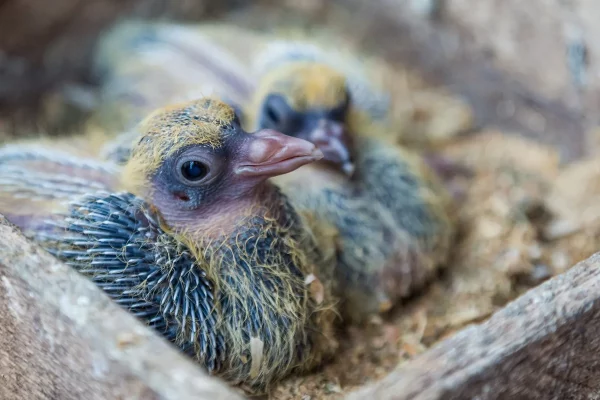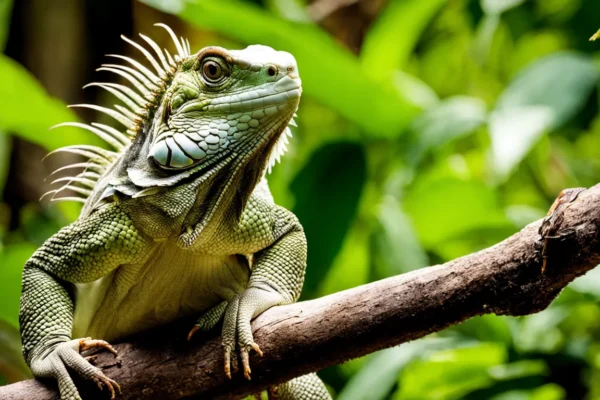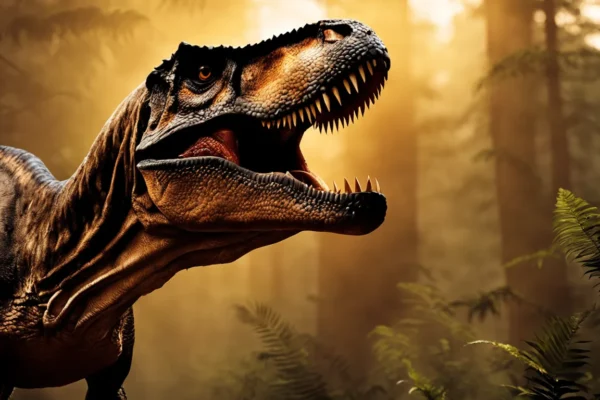For many years, parents have used the story of “the birds and the bees” to teach their children about the fundamentals of reproduction and sex. However, where did this peculiar expression originate, and what does it signify precisely?
We’ll explore the history of “the birds and the bees” and examine its symbolic meaning in this extensive piece.
This is a simple response in case you’re pressed for time: The expression “the birds and the bees” alludes to reproduction and sex. Bees stand in for females and their roles in pollination and raising the next generation, whereas birds symbolise men and their roles in fertilisation.
Origins and first known print references for the phrase
For many years, the issue of human reproduction and sexuality has been addressed with the euphemism “the birds and the bees.” The phrase’s precise roots are unknown, however it dates at least to the 18th century.
One of the first documented print mentions to the term is found in a 1680 book called “The School of Venus.” The author of this book use this expression to explain the process of educating young males about sexual reproduction.
An additional first use of the term might be discovered in an 1825 poem written by Samuel Taylor Coleridge. And so he wore without abuse the vast ancient name of Birds and Bees, / Alongside those charming children of the spring / That frolic upon the wild wind’s wing, Coleridge says in the poem.
Connecting Bees, Birds, and Infants
There has been considerable conjecture and interpretation about the employment of birds and bees in human reproduction. According to one idea, the term could have come from the ways that bees and birds behave, as they are often connected to mating and procreation.
Both birds and bees are well-known for their elaborate mating habits and their contribution to pollination, which is vital to plant reproduction. It’s possible that these organic activities represented human sexuality and reproduction in metaphorical terms.
It’s also important to remember that throughout history, many societies have used birds and bees as fertility symbols. The concept “reproduction” may have gained traction in talks about human sexuality because of its relationship.
The actual origins of the expression “the birds and the bees” may never fully be known, but its ongoing relevance in our culture is shown by its continuous use as a euphemism when addressing human reproduction.
To learn more about the subject, go to BBC Future.
The Birds Stand for Fertilisation by Men
In order to comprehend why it is named “The Birds and the Bees,” it is important to note that the word “birds” alludes especially to male fertilisation. This analogy makes a comparison between the process of human reproduction and the courting behaviours of birds.
Bird Songs as Rituals of Courtship
The complex courting behaviours of birds are one reason they are linked to male fertilisation. In order to entice partners and assert their authority in the avian world, male birds often employ their songs.
These songs show their reproductive and communicative abilities. Similarly, males in human reproduction pursue potential brides to prove they are compatible.
A research in “Animal Behaviour” found a link between a male bird’s reproductive success and its song quality. Birds are a suitable symbol for male reproductive processes since their courting actions are essential to fertilisation.
Similarities Between Human Sperm and Birds
The similarity between human sperm and bird sperm for male fertilisation is another reason for the name “birds” to be used in this context. Sperm cells are genetic material carriers, much like birds, and their main job is to fertilise eggs.
The University of Sheffield discovered that human and avian sperm cells had a number of characteristics in common. The extremely motile sperm cells of both species enable them to swim in the direction of the egg to fertilise it.
Furthermore, the morphology of human sperm and birds is comparable, having a streamlined head and lengthy tail to help in mobility.
Additionally, a research that was published in the journal “Current Biology” discovered that the DNA packing of human and avian sperm is identical. This adds credence to the idea that birds and male fertilisation have a shared evolutionary route.
The Bees Stand for the Production of Female Eggs
In the context of “The Birds and the Bees,” female egg creation is symbolised by the bees. In addition to producing honey and aiding in pollination, bees are essential to the reproduction of their species.
Queen Bees against Worker Bees
There are several kinds of bees with distinct tasks in a colony. Female bees known as worker bees are in charge of jobs like collecting nectar, constructing and tending to the hive, and tending to the larvae. They don’t, however, lay eggs.
The only viable female in the colony, however, is the queen bee. Her duties include protecting the colony’s existence and producing eggs.
The queen bee may deposit millions of eggs over her lifespan because to her special reproductive mechanism. She mates with many drones, or male bees, and stores their sperm inside of her. The eggs she deposits may then be fertilised selectively to see whether they will grow into female worker bees or perhaps become future queens.
Comparing Human Conception with Pollination
Human conception is like pollination, which moves pollen from male to female flower parts. Pollination, like bees, is essential to many plant species’ survival and reproduction.
In pollination, the male flower’s stamen, which contains sperm cells, gives the female stigma, which contains eggs, pollen. Fertilization produces seeds and fruits.
The parallels between bee reproduction and human reproduction are intriguing to see. For their species to survive, both depend on the development and fertilisation of eggs. Knowing these mechanisms not only helps us appreciate nature’s beauties but also emphasises how intertwined all living things are.
Go to www.pollinator.org for further details on bees and their function in pollination.
The More General Significance of New Life
“The birds and the bees” is now a common euphemism used when talking about reproduction. But why is this particular term used? Its deeper meaning, which symbolises the beauty and purity connected to the formation of new life, goes beyond its literal interpretation.
Associations of Springtime with Procreation
The connection between springtime and numerous animals’ reproductive activity is one of the reasons “the birds and the bees” is used. Animals emerge from their winter hibernation and flowers blossom during the season of regeneration and expansion known as spring.
The National Wildlife Federation states that birds perform courting rituals in the spring after returning from their trip. To entice mates, this involves captivating melodies and intricate feather displays.
Contrarily, bees are hard at work pollinating flowers, which is an essential step in plant reproduction.
This phrase’s use evokes images of the joyful celebration of life at this season and the waking of nature.
Naiveté towards the “facts of life”
Another reason “the birds and the bees” was selected was to preserve purity and infancy. Adults may struggle to explain reproduction to children in a way that is age-appropriate.
Parents and educators may use birds and bees to explain reproduction without becoming technical. This maintains children’s wonder and helps them understand new life.
Until children are cognitively enough to fully understand it, the phrase reminds them of the beautiful and natural process of creation, shielding them from the challenges of human reproduction.
Final Thoughts
“The birds and the bees” is ultimately more than simply a sentimental expression about the birds and the bees. It’s a subtle allegory for the amazing process of human reproduction. Parents may carefully explain the birds and bees to their children in a manner that maintains their innocent surprise about new life by knowing its origins and meaning.


![Do Birds Eat Spiders? [All You Need to Know]](https://birdsology.com/wp-content/uploads/2023/05/43946482621_c9fd0edde9_b-600x400.jpg)


